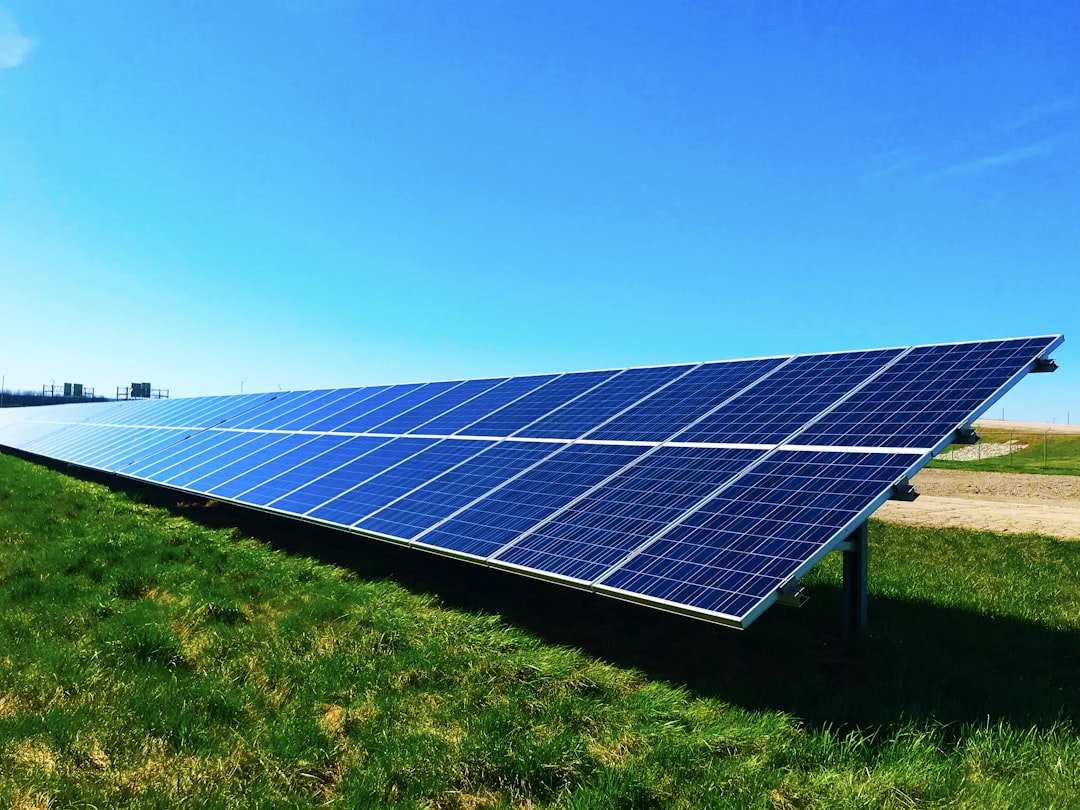
Solar Power vs Traditional Energy Sources: A Comparison
In the age of modern technology, the debate between solar power and traditional energy sources has become increasingly relevant. As the world shifts towards sustainability and eco-friendliness, the choice between these two energy sources plays a crucial role in shaping our future. Let's dive into a comprehensive comparison of solar power and traditional energy sources to understand their advantages, disadvantages, and impact on our environment.
Solar Power: Harnessing the Energy of the Sun
Solar power, often referred to as the future of energy, utilizes the abundant energy provided by the sun to generate electricity. This renewable energy source is environmentally friendly, as it produces no greenhouse gas emissions during operation. Solar power systems, such as solar panels and solar generators, are an excellent choice for off-grid living or as a portable power source for outdoor activities.
Traditional Energy Sources: Reliance on Fossil Fuels
In contrast, traditional energy sources like coal, natural gas, and oil rely on finite fossil fuels that contribute to air pollution and climate change. The use of these non-renewable resources poses a threat to the environment and human health due to harmful emissions released during energy production.
Advantages of Solar Power
1. Clean Energy Source
Solar power is a clean and sustainable energy source that does not deplete natural resources or harm the environment. By harnessing the power of the sun, solar energy significantly reduces carbon emissions and helps combat climate change.
2. Cost-Effective in the Long Run
While the initial investment in solar power systems may be higher than traditional energy sources, the long-term cost savings are substantial. Once installed, solar panels require minimal maintenance and offer free electricity through sunlight, making them a cost-effective choice in the long run.
3. Energy Independence
Solar power provides individuals and communities with energy independence, especially in remote areas or during power outages. Solar generators offer a reliable off-grid living solution, allowing users to generate electricity wherever the sun shines.
Disadvantages of Solar Power
1. Intermittent Energy Production
One of the primary disadvantages of solar power is its reliance on sunlight for energy production. Solar panels are less effective during cloudy days or at night, which can impact the consistent supply of electricity in certain regions.
2. Upfront Costs
The initial cost of installing solar panels or solar generators can be a barrier for some individuals or businesses. While various incentives and tax credits exist to offset these costs, the upfront investment remains a consideration for adopting solar power.
Environmental Impact
When comparing solar power to traditional energy sources in terms of environmental impact, solar power emerges as the clear winner. Solar energy produces no greenhouse gas emissions, reduces air pollution, and minimizes reliance on fossil fuels, making it an eco-friendly choice for sustainable living.
The Future of Energy: Embracing Solar Living
As technology advances and the world seeks greener alternatives, solar power continues to gain traction as a viable energy source for both residential and commercial applications. By promoting solar generators, portable power solutions, and off-grid living options, we can move towards a sustainable future that prioritizes environmental conservation and energy efficiency.
Conclusion: Shifting Towards Solar Power
In the ongoing debate between solar power and traditional energy sources, the benefits of solar living and renewable energy solutions are undeniable. By harnessing the power of the sun, we can pave the way for a cleaner, greener future while reducing our carbon footprint and promoting sustainable practices. Embrace solar power, embrace the future.


Leave a comment